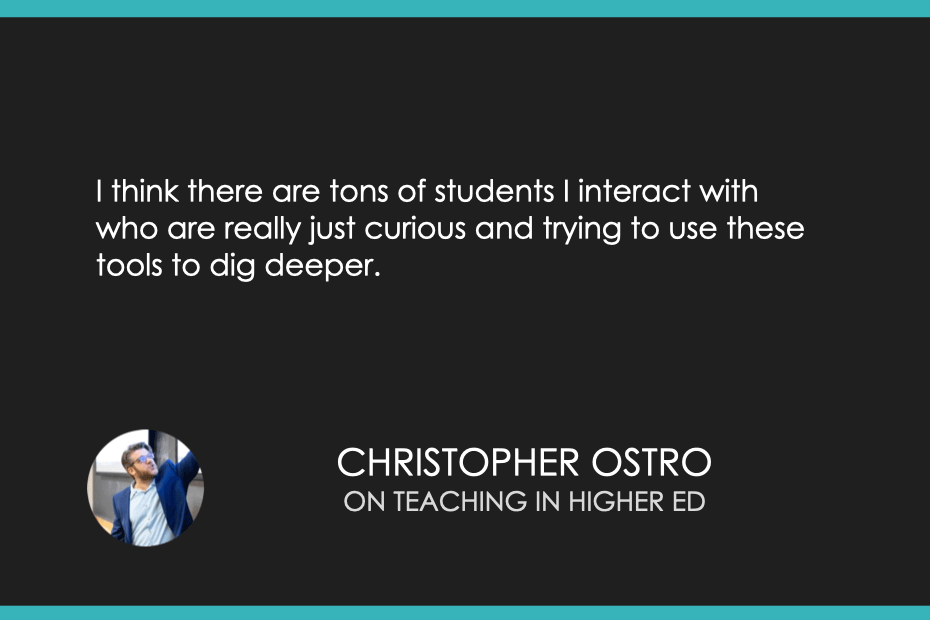
 Teaching in Higher Ed
Teaching in Higher Ed A Big Picture Look at AI Detection Tools
14 snips
Jan 30, 2025 Christopher Ostro, an Assistant Teaching Professor at the University of Colorado, specializes in writing and rhetoric with a focus on AI detection tools. He discusses the challenges and misconceptions surrounding these tools in education. Ostro emphasizes the need for transparency and ethical practices in academic writing, urging students to engage critically with AI. He argues that while AI detection has its place, it shouldn't be the sole basis for grading, and encourages educators to foster open communication with students about their use of these technologies.
AI Snips
Chapters
Books
Transcript
Episode notes
AI Detection Tools: Not Perfect, Not Useless
- AI detection tools are neither magic bullets nor completely useless.
- Their effectiveness varies depending on the specific tool and how it's used.
Don't Rely on Intuition for AI Detection
- Don't rely solely on your intuition to detect AI-generated writing.
- Human judgment is unreliable, even for trained linguists, as shown by research.
Accuracy of AI Detection Tools
- AI detection tools are generally reliable with unedited AI text.
- Their accuracy decreases significantly when the text is modified or edited.



